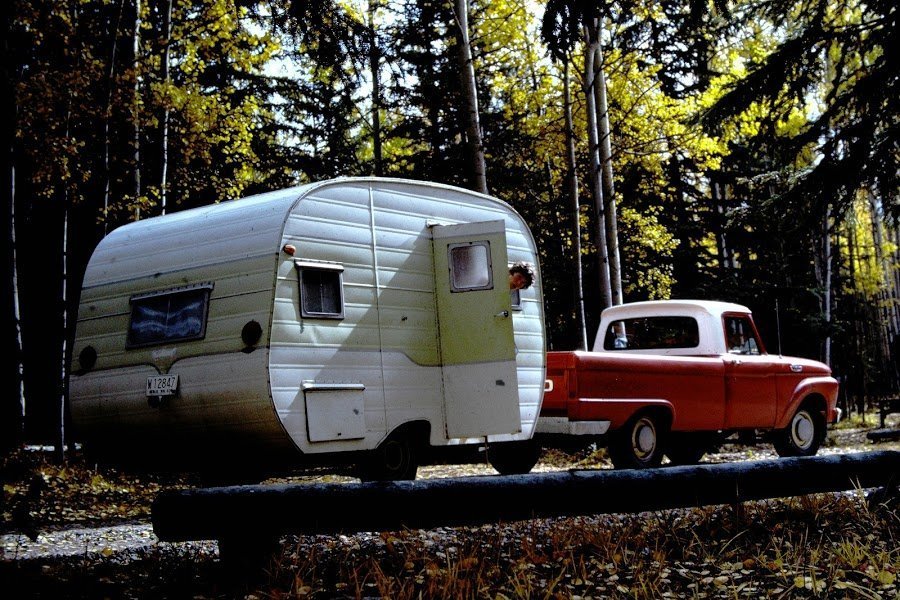Montana’s Glacier National Park is experiencing significant climate change impacts, including rising temperatures, glacial retreat, and shifts in wildlife populations. Over the past century, the park has lost over 70% of its glacier coverage. The National Park Service is implementing various initiatives to combat these changes, including transitioning to renewable energy sources and improving energy efficiency. This article explores the current state of climate change in Glacier National Park and the efforts to mitigate its effects.
What Are the Temperature Trends in Glacier National Park?

Glacier National Park has experienced notable temperature changes over the past 50 years, particularly in the context of climate change:
- Summer Temperature Increase: Between 1910 and 1980, the local summer mean temperature increased by 1.66°C, surpassing the average increase in most alpine regions.
- Winter Temperature Shifts: Since 1980, temperature increases have been more modest but have occurred primarily in winter mean temperatures rather than summer temperatures.
- Snowpack Decline: The park has seen drastic declines in snowpack volume over the past 80 years. Recent measurements show:
- Many Glacier: 26% of average snow-water-equivalent on February 13, 2024
- West side of the park: Around 75% of average snow-water-equivalent
These temperature trends have far-reaching implications for the park’s ecosystem and glacial systems.
How Has Climate Change Impacted Wildlife Populations?

Climate change has significantly affected wildlife populations in Glacier National Park:
- Species Migration Patterns:
- Warmer temperatures are shifting the distribution of plant and animal species to higher elevations or further north.
-
This alteration in habitats can disrupt established ecosystems and food chains.
-
Population Declines:
- Reduction in snowpack and changes in water availability affect species dependent on these conditions.
-
The native bull trout, for example, faces habitat changes due to warmer stream temperatures and altered runoff patterns.
-
Habitat Changes:
- Climate change affects food resource availability and habitat quality.
- Reduced glacier cover and changes in stream temperatures impact spawning and survival of fish species like the bull trout.
These impacts highlight the interconnectedness of climate, habitat, and wildlife in the park’s ecosystem.
What Are the Glacial Retreat Statistics in Glacier National Park?
Glacier National Park has experienced significant glacial retreat over the past century:
| Year Range | Glacial Coverage Change |
|---|---|
| 1850-1980 | Over 2/3 of glaciers disappeared |
| 1850-1993 | 73% reduction in glacial coverage |
| 1850-1993 | From 99 km² to 27 km² |
Specific glaciers affected:
– Jackson Glacier
– Blackfoot Glacier
Both have shown periods of advance and retreat, but since 1979, most glaciers in the park have been in a state of continuous retreat.
Future Projections: Models suggest that under continued climate change, the remaining glaciers in the park will likely disappear or significantly reduce in size by 2100.
What Climate Action Initiatives Has the National Park Service Implemented?
The National Park Service has launched several initiatives to combat climate change in Glacier National Park:
- Transition to Renewable Energy:
- Solar panels installed on rooftops of Logan Pass Visitor Center and Apgar Visitor Center
-
Large photovoltaic arrays at Polebridge Ranger Station
-
Energy Efficiency and Recycling:
- Replacement of energy-wasting light bulbs with LEDs
- Enhanced recycling program
- Reduction of unnecessary vehicle idling
-
Encouragement of employee shuttle use or biking to work
-
Sustainable Management:
- Logan Pass visitor center managed as a model for off-grid sustainability
- Implementation of a micro-hydroelectric power plant at Goat Haunt
These initiatives demonstrate the park’s commitment to reducing its carbon footprint and adapting to climate change impacts.
How Can Visitors Contribute to Climate Change Mitigation in Glacier National Park?
Visitors to Glacier National Park can play a crucial role in mitigating climate change impacts:
- Use Sustainable Transportation:
- Utilize park shuttles instead of personal vehicles
-
Consider carpooling or using public transportation to reach the park
-
Practice Leave No Trace Principles:
- Properly dispose of waste
-
Stay on designated trails to protect vegetation
-
Conserve Energy and Water:
- Turn off lights and electronics when not in use
-
Take shorter showers and report any water leaks
-
Support Park Conservation Efforts:
- Participate in volunteer programs
-
Donate to park conservation funds
-
Educate Yourself and Others:
- Attend ranger-led programs about climate change
- Share knowledge about the park’s climate challenges with friends and family
By taking these actions, visitors can help preserve Glacier National Park for future generations.
What Are the Long-term Consequences of Climate Change for Glacier National Park?
The long-term consequences of climate change for Glacier National Park are significant and far-reaching:
- Ecosystem Transformation:
- Shift in plant and animal species composition
-
Potential loss of alpine and subalpine habitats
-
Hydrological Changes:
- Altered stream flows affecting aquatic ecosystems
-
Potential water scarcity during late summer months
-
Increased Fire Risk:
- Longer and more severe fire seasons
-
Potential loss of old-growth forests
-
Tourism and Recreation Impacts:
- Changes in visitor patterns due to altered landscapes
-
Potential loss of winter recreation opportunities
-
Cultural and Historical Significance:
- Loss of iconic glacial landscapes
- Impacts on traditional uses by Native American tribes
Addressing these long-term consequences requires ongoing research, adaptive management strategies, and continued efforts to mitigate climate change impacts.